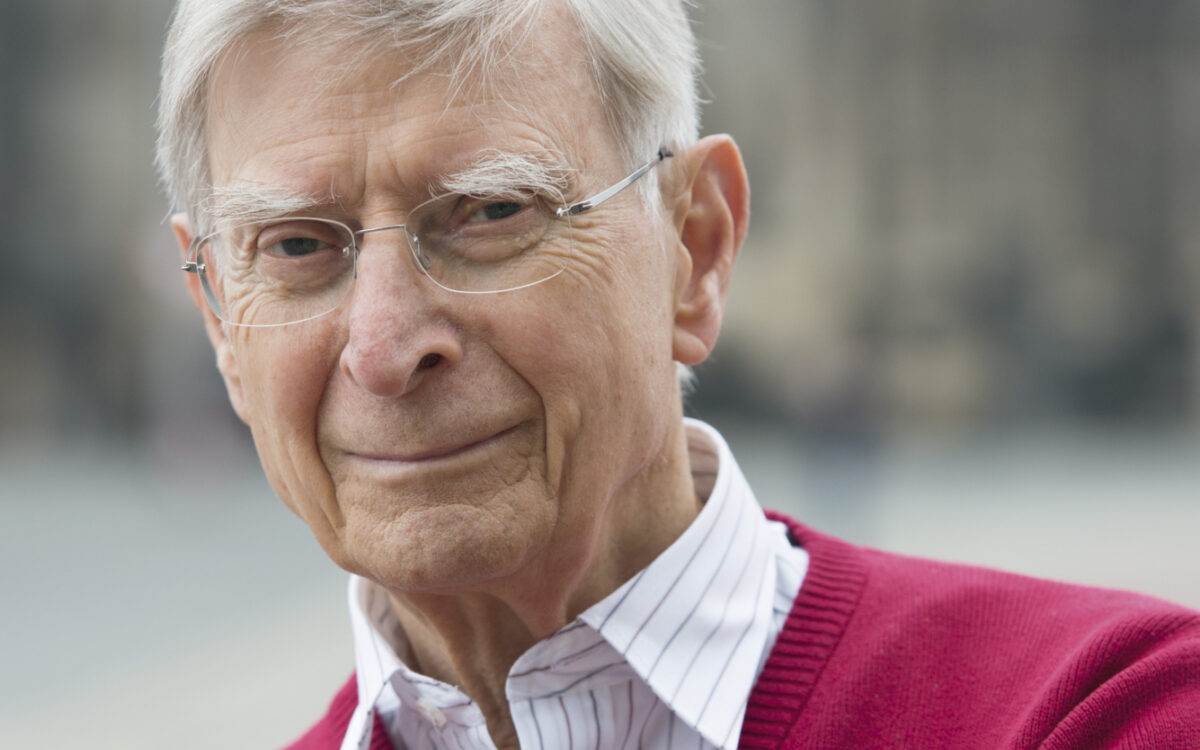Piano Concerto No. 17 in G, K.453
Quick Facts
- Composer’s life: Born January 27, 1756, in Salzburg, Austria, died December 5, 1791, in Vienna
- Year completed: 1784
- First recorded performance: June 13, 1784, private concert in Döbling, Austria, soloist Barbara Ployer
- First BSO performances: March 1921 in Philadelphia, Washington, Baltimore, and Brooklyn, Pierre Monteux conducting, with soloist Ernö Dohnányi
- Approximate duration: 31 minutes
In addition to the solo piano, the score calls for an orchestra of 1 flute, 2 oboes, 2 bassoons, 2 horns, and strings (first and second violins, violas, cellos, and double basses).
This concerto is the fourth in that incredible series of piano concertos—numbering a dozen—that Mozart composed between the beginning of 1784 and the end of 1786, half of them in the year 1784 alone! While his earlier concertos were often half-designed as chamber music (in that they could be performed quite satisfactorily by a piano with a string quartet), these are, for the most part, clearly intended for the concert hall and so require the fuller and more varied orchestra to make their points. Mozart composed four piano concertos, one right after the other, in the late winter of 1784 (we know the dates with considerable accuracy since it was just at this time that the composer began keeping a list of all of his new compositions, dating them as he finished them, and writing out the first few measures of music to identify each work precisely). February 9 saw the completion of the E-flat concerto, K.449. It was quickly followed by concertos in B-flat (K.450) and in D (K.451) before he turned to the present work, completed on April 12. After this remarkable outburst, Mozart paused briefly before composing two more piano concertos in the fall of the same year. The first and last concertos of this series were composed for Barbara (Babette) Ployer, daughter of a privy councillor from Salzburg living in Vienna.
Mozart was proud of his new works, of their difficulty and their brilliance. He noted in a letter to his father in May that the concertos in B-flat and D were “bound to make the performer sweat,” and he was curious to learn which of the last three his father and sister preferred (he exempted the E-flat concerto since it was still in the smaller “chamber-like” mode of his 1782 concertos). In general, audiences have made the G major concerto among the most popular of the 1784 works, though each of them has its own delightful originality.
Not least of the special features of K.453 is the way Mozart used a conventional march rhythm without ever sounding heavily martial or trite; in fact, he used this rhythm in the first measure of four consecutive piano concertos—to different expressive effect each time. In K.453, the march rhythm is tempered by the rustling responses from the flutes and oboes and by the harmonic enrichment beyond that expected in fanfares. It is, in fact, only the first of a rich collection of themes—martial, poignant, mysterious, operatic, and witty—that Mozart lavishes on the orchestra before the soloist even makes an appearance. One moment everything seems quite normal, and then we are suddenly thrown into unexpectedly distant harmonic regions—which prefigure some unusual harmonic extensions to come in the development. The soloist begins with the march-like theme but soon modulates and introduces an entirely new idea that shows the music in a graceful light. The development, with little in the way of thematic treatment, is harmonically daring. The exposition is so rich in themes that many of them return for the first time only in the recapitulation.
The Andante provides a full opening tutti introducing most of the material before the piano enters. The soloist’s florid melodic line reminds us that no instrumental form is closer to opera than the concerto, with the soloist as protagonist. Here the soloist enters with a repetition of the opening phrase, then—after a pause—begins a startling new theme in the unexpected key of G minor. The development is not long, but nonetheless it ranges expressively to far harmonic horizons before returning home in a few strikingly original measures.
The last movement is a set of variations on a little folklike tune that prefigures Papageno in The Magic Flute. It is both brilliant and amusing, and it is capped off by a finale, Presto, that could come out of an opera, with the pianist once again doing duty for the diva. A few weeks after finishing the concerto, Mozart encountered a birdseller who had a starling that sang something quite like the theme of this finale. He paid 34 kreuzer for the bird, took it home, and copied its song in the notebook of his accounts, where he added the comment, “Das war schön!” (“That was beautiful!”).
Steven Ledbetter
Steven Ledbetter, a freelance writer and lecturer on music, was program annotator of the Boston Symphony Orchestra from 1979 to 1998.

